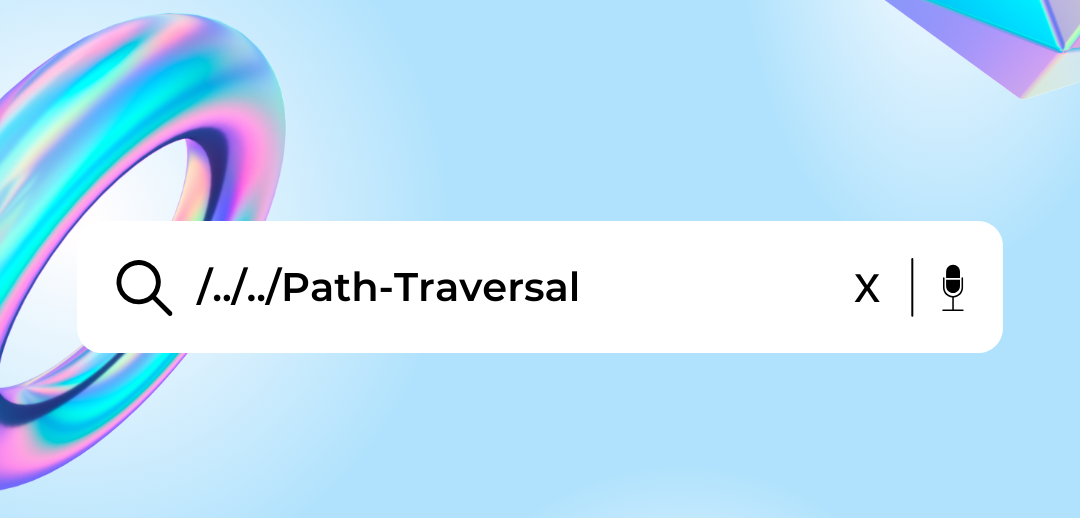Introduction: Since they provide a practical and effective means of permission and authentication, JSON Web Tokens (JWT) have emerged as a key component of contemporary web application security. JWTs are frequently used to authenticate users and secure web applications because they are a condensed and self-contained method of transferring claims between parties. Generally, the server...
What is it? Business logic vulnerabilities are flaws in the design and implementation of an application that allow an attacker to elicit unintended behavior. This potentially enables attackers to manipulate legitimate functionality to achieve a malicious goal. These flaws are generally the result of failing to anticipate unusual application states that may occur and, consequently,...
When it comes to site security, file upload functionality can be very dangerous if not used and maintained correctly. This essay will examine several kinds of file upload vulnerabilities, examine actual attack scenarios, and go over practical mitigation techniques. What vulnerabilities exist in file uploads? Vulnerabilities related to file uploads occur when a web server...
The vulnerability management lifecycle serves as a robust framework, guiding organizations through the identification, analysis, and mitigation of potential security risks. Additionally, understanding where vulnerability analysis fits into the disaster management cycle is crucial for a comprehensive approach to cybersecurity. In the ever-evolving landscape of cybersecurity, organizations face a constant barrage of potential threats. Effectively...
Access control vulnerabilities are one of the most common dangers in the complex realm of web application security. If neglected, these vulnerabilities have the potential to severely compromise the integrity and security of online applications. Vulnerabilities in access control greatly increase the risks to system and data availability, confidentiality, and integrity. Attackers may use them...
A significant concern among the numerous risks that web applications face is session vulnerabilities. This blog will look at the definition, implications, and proactive measures of session fixation in order to effectively defend against such attacks. Session fixation is a significant security vulnerability that attackers utilise to access user sessions. By tricking a user into...
What is it? SQL injection is a type of security exploit where an attacker injects malicious SQL code into a vulnerable application’s database query, in order to gain unauthorized access to sensitive information or perform malicious actions. In simpler terms, it’s a technique that hackers use to manipulate a database by inserting malicious SQL statements...
What is it? Directory traversal (also known as file path traversal) is a web security vulnerability that allows an attacker to read arbitrary files on the server that is running an application. This might include application code and data, credentials for back-end systems, and sensitive operating system files. How does path traversal work? Imagine a...
In the complex realm of web application security, XML External Entity (XXE) vulnerability is one that frequently remains hidden. XXE, no matter how benign it seems, can lead to a multitude of security risks. The complexities of XXE assaults, their effects, and—above all—how to protect your web apps against them will all be covered in...
Modern software development has become reliant on APIs (Application Programming Interfaces), which allow software applications to communicate with one another effortlessly. Security issues are ever-changing along with the digital landscape. Internet connectivity is not always possible for internal APIs found in certain systems. User input embedded in a server-side request to an internal API by...














